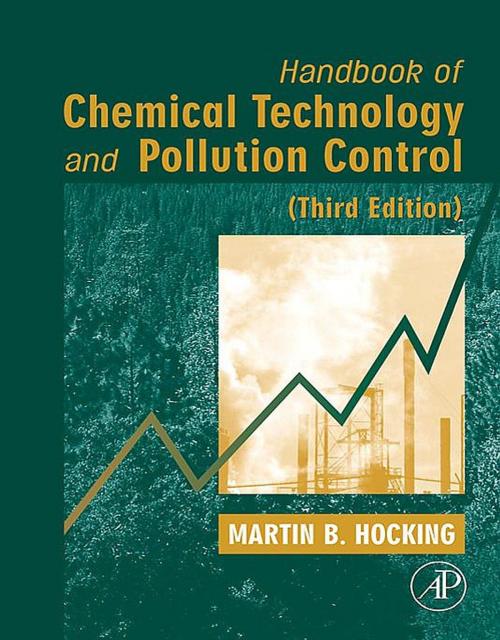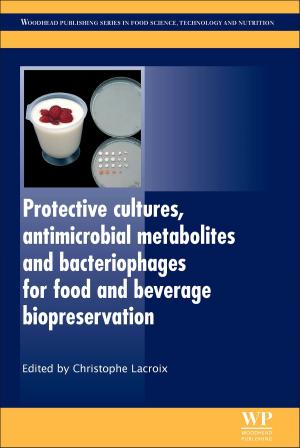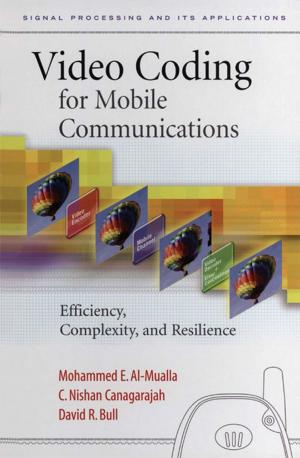Handbook of Chemical Technology and Pollution Control
Nonfiction, Science & Nature, Technology, Engineering, Environmental, Chemical & Biochemical| Author: | Martin B. B. Hocking | ISBN: | 9780080478272 |
| Publisher: | Elsevier Science | Publication: | January 18, 2006 |
| Imprint: | Academic Press | Language: | English |
| Author: | Martin B. B. Hocking |
| ISBN: | 9780080478272 |
| Publisher: | Elsevier Science |
| Publication: | January 18, 2006 |
| Imprint: | Academic Press |
| Language: | English |
The Handbook of Chemical Technology and Pollution Control, Third Edition provides a detailed review of the chemistry and operating conditions of many of the present large-scale chemical processes important to our economy and high standards of living. The processes that could lead to emissions affecting our air, soil, and water are considered, together with ways in which it may be possible to reduce or eliminate these pollutants. Focusing on cleaner production concepts without neglecting 'end of pipe' measures. With an increase in the awareness of corporate and social responsibility among business and industry leaders, the pressure to reduce harmful emissions and the desire to increase efficiencies and energy utilization, this book provides an essential resource. Suitable for researchers, practitioners and postgraduate students in the fields of chemical and biochemical engineering and environmental science, as well as government monitoring and regulatory agencies and industry leaders who want to stay one step ahead, this book will be a valuable addition to any library.
- Integrated treatment of chemical technology with emission control chemistry
- Introductory outline of the causes and effects of air and water pollution chemistry
- Outline of the operating features and efficiency of basic emission control devices
- Historical background of developments in industrial chemistry to 2004 in a single volume
- Organized for easy access to chemical technology, new developments, or emission control details
- Referenced to current additional sources of information in each area covered
- Review questions provide working experience with the material provided
The Handbook of Chemical Technology and Pollution Control, Third Edition provides a detailed review of the chemistry and operating conditions of many of the present large-scale chemical processes important to our economy and high standards of living. The processes that could lead to emissions affecting our air, soil, and water are considered, together with ways in which it may be possible to reduce or eliminate these pollutants. Focusing on cleaner production concepts without neglecting 'end of pipe' measures. With an increase in the awareness of corporate and social responsibility among business and industry leaders, the pressure to reduce harmful emissions and the desire to increase efficiencies and energy utilization, this book provides an essential resource. Suitable for researchers, practitioners and postgraduate students in the fields of chemical and biochemical engineering and environmental science, as well as government monitoring and regulatory agencies and industry leaders who want to stay one step ahead, this book will be a valuable addition to any library.
- Integrated treatment of chemical technology with emission control chemistry
- Introductory outline of the causes and effects of air and water pollution chemistry
- Outline of the operating features and efficiency of basic emission control devices
- Historical background of developments in industrial chemistry to 2004 in a single volume
- Organized for easy access to chemical technology, new developments, or emission control details
- Referenced to current additional sources of information in each area covered
- Review questions provide working experience with the material provided















